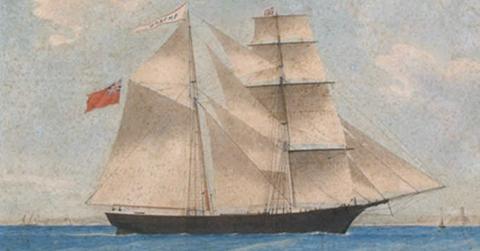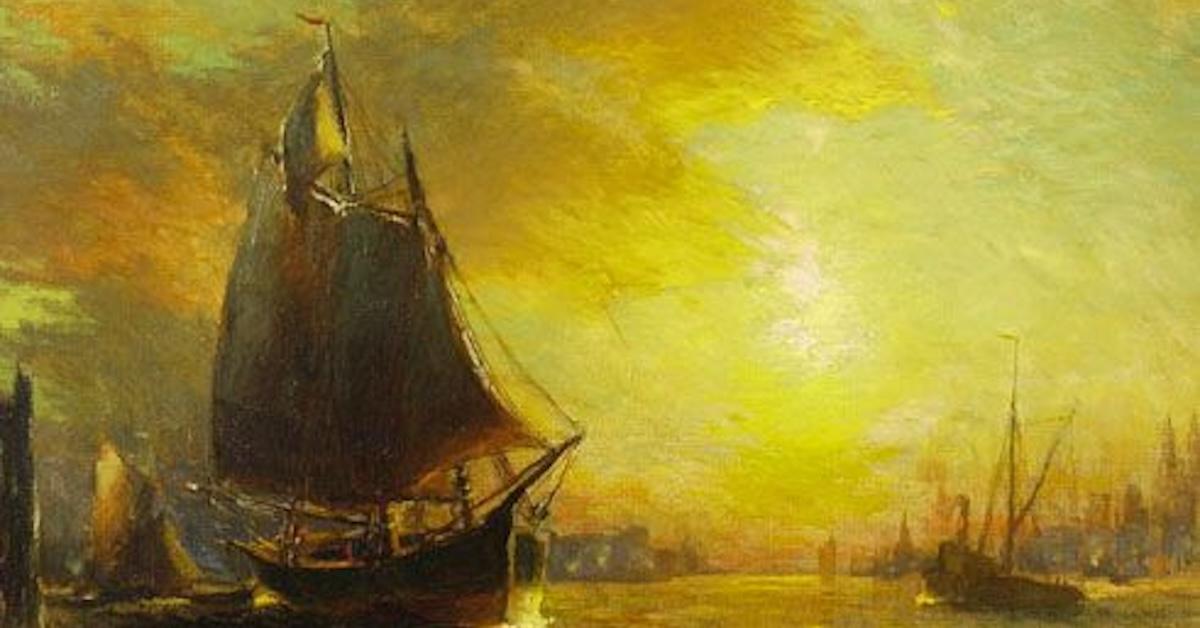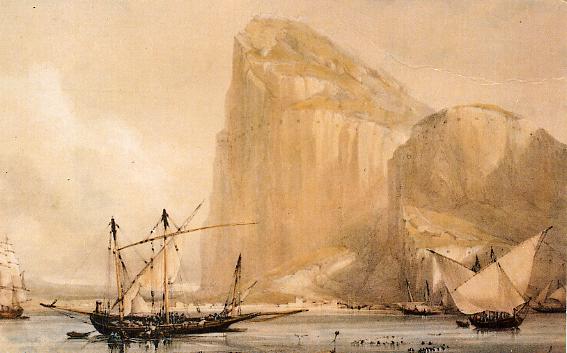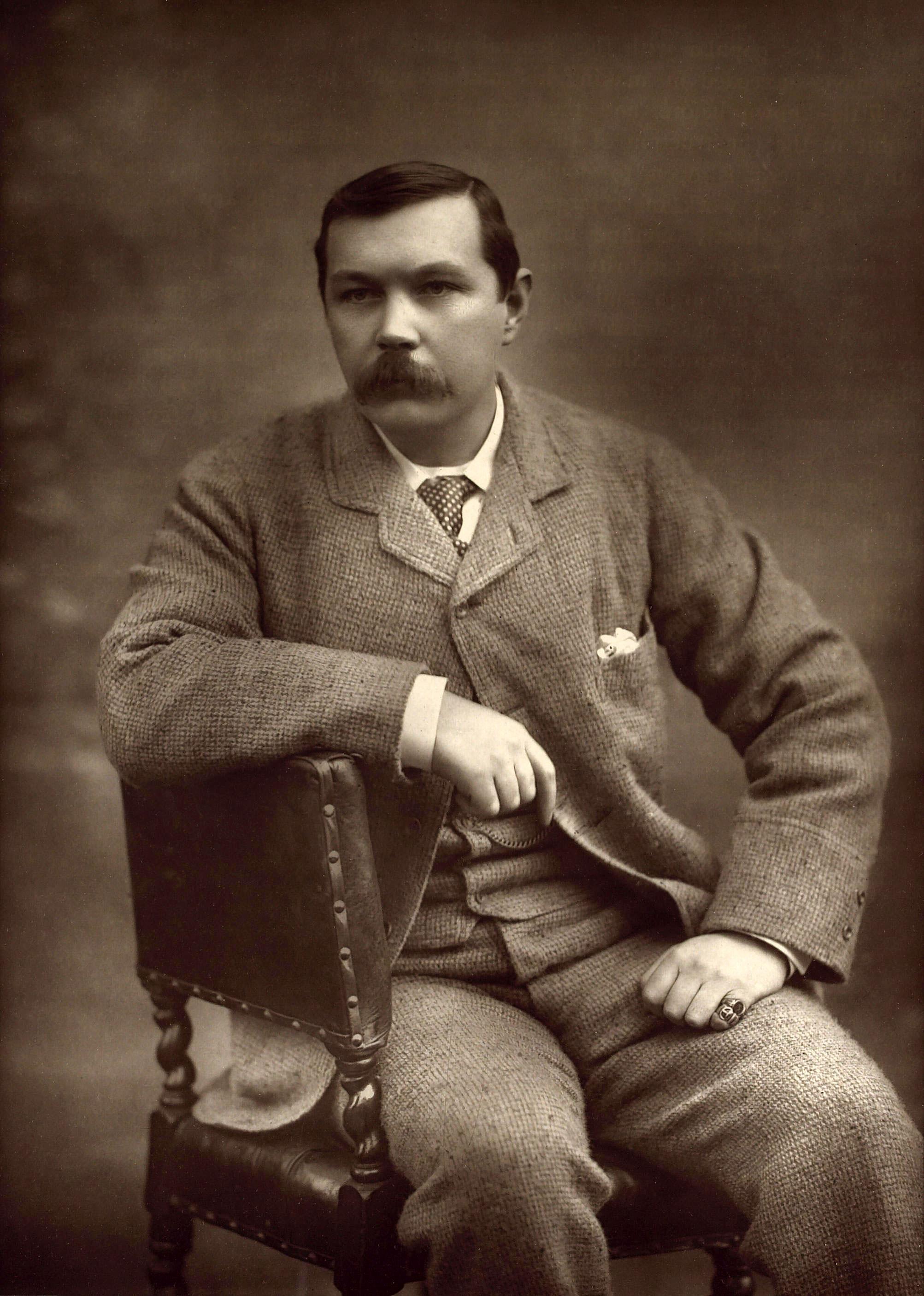The Enigma of the 'Mary Celeste' and Its Missing Crew — The Top Five Theories
Dive into the mystery of the 'Mary Celeste' and explore theories behind its ghostly disappearance!
Published Nov. 3 2024, 2:05 p.m. ET
The tale of the Mary Celeste “ghost ship” has intrigued mystery lovers for over a century. The ship was found adrift in the Atlantic Ocean on Dec. 5, 1872, with no sign of her crew. However, it was perfectly seaworthy, and most of the cargo was intact, but the crew—led by Captain Benjamin Briggs—was nowhere to be found. To this day, the fate of the Mary Celeste's crew remains one of the most puzzling maritime mysteries.
Historians, researchers, and armchair detectives have suggested numerous theories to explain why an entire crew would vanish without a trace. Let's dive (pun intended) into the most popular theories about what may have happened on that fateful journey of the Mary Celeste.
Theory 1: The high-octane alcohol on board caused the right conditions for an explosion.
One popular theory is that Mary Celeste’s cargo was responsible for the disappearance. The ship was carrying over 1,700 barrels of industrial alcohol—a highly flammable substance. Some believe a few barrels leaked, creating a highly volatile environment in the ship's hold. A minor spark or the smell of fumes might have led Benjamin to fear an impending explosion, ordering everyone to abandon ship in haste.
This theory is compelling because it explains why the crew might have left the ship so suddenly. However, it leaves one big question: If they left to avoid an explosion, why didn’t they come back once they realized it was safe? Some suggest they may have drifted too far in a lifeboat and couldn’t make their way back.
Theory 2: The 'Mary Celeste' crew mutinied, murdered the captain, and abandoned the ship.
Could mutiny and murder have been at play? Some suggest that members of the crew turned against Captain Briggs or other officers. This theory proposes a fight broke out, leading to bloodshed and perhaps the crew throwing their victims overboard. Afterward, they may have abandoned the ship or met an unknown fate at sea.
The problem with this theory is that no blood or evidence of a struggle was found on the Mary Celeste. Benjamin was known to be a strong and fair captain, so it’s hard to imagine his loyal crew turning on him. In fact, it was first purported by Fredrick Solly-Flood, who was in charge of the salvage hearings. He was described as someone "whose arrogance and pomposity were inversely proportional to his IQ” in the Chronicle Herald. Yet, the mutiny and murder theory persists.
Theory 3: The 'Mary Celeste' was attacked and pillaged by pirates.
If Hollywood has taught us anything, it’s that pirates were a constant menace to seafarers. One theory suggests that pirates attacked the Mary Celeste, pillaging the ship and forcing the crew overboard. However, this theory has some holes. Pirates typically rob ships for their valuable cargo, yet all of Mary Celeste’s valuable items—including a full cargo load—were found undisturbed.
In this case, the pirates would have to be unusually charitable (and uncharacteristically silent about their raid). Still, pirate attacks were not uncommon, and the idea of ruthless marauders boarding the Mary Celeste and forcing her crew into lifeboats remains a compelling, if unlikely, theory.
Theory 5: The 'Mary Celeste' fell victim to a supernatural force.
In Sir Arthur Conan Doyle's short story "J. Habakuk Jephson's Statement," published in 1884, the fictional narrative suggests that the crew of the Mary Celeste fell victim to an eerie supernatural force. Jephson, the story's narrator, describes how the crew encountered a strange phenomenon that caused panic, leading them to abandon the ship.
While the tale is a work of fiction, it has fueled speculation about the Mary Celeste's fate. Some enthusiasts believe that this blend of fact and fiction has contributed to the ship's ghostly legacy, blending the lines between reality and simply imaginative storytelling.
Theory 5: The captain ordered an evacuation of the Mary Celeste.
Basically, the theory goes that Captain Benjamin Briggs mistakenly believed his ship was taking on too much water and was on the verge of sinking. Evidence supports this, especially the sounding rod found on deck, indicating it was used shortly before the crew abandoned ship. Additionally, one of the ship’s pumps was disassembled, suggesting there were issues that could’ve fueled the captain’s panic.
Faced with the perceived threat of sinking, Briggs likely ordered the crew to evacuate in haste. This decision may have led to a mishap in the longboat, resulting in a catastrophic accident that claimed the lives of all on board. The combination of faulty equipment and a grave misunderstanding of the situation highlights how a simple mistake can lead to disaster on the open seas.
Until someone uncovers definitive proof, the mystery of the Mary Celeste will likely continue to fuel speculation and intrigue for generations to come. For now, the world can only wonder: what really happened to the crew of the Mary Celeste?



